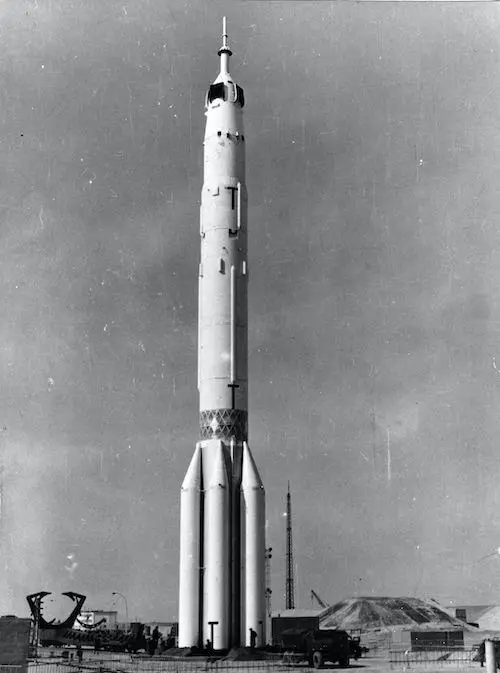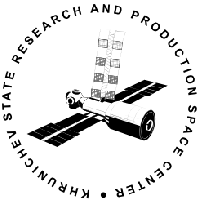Luna 19
Launch Success
Liftoff Time (GMT)
10:00:22
Tuesday September 28, 1971
Mission Details
Luna 19
Luna 19 was the first of the "advanced" lunar orbiters whose design was based upon the same Ye-8-class bus used for the lunar rovers and the sample collectors. For these orbiters, designated Ye-8LS, the basic "lander stage" was topped off by a wheel-less Lunokhod-like frame that housed all scientific instrumentation in a pressurized container. Luna 19 entered orbit around the Moon on 2 October 1971 after two midcourse corrections on 29 September and 1 October. Initial orbital parameters were 140 x 140 kilometers at 40.58° inclination. Soon after, the spacecraft began its main imaging mission-to provide panoramic images of the mountainous region of the Moon between 30? and 60? south latitude and between 20° and 80° east longitude. Other scientific experiments included extensive studies on the shape and strength of the lunar gravitation field and the locations of mascons. Occultation experiments in May and June 1972 allowed scientists to determine the concentration of charged particles at an altitude of 10 kilometers. Additional studies of the solar wind were evidently coordinated with those performed by the Mars 2 and 3 orbiters and Veneras 7 and 8. Communications with Luna 19 were terminated sometime between 3 and 20 October 1972 after a year of operations, during more than 4,000 revolutions of the Moon.
Trans Lunar Injection
1 Payload
5,340 kilograms
Rocket


Manufacturer
KhrunichevRocket
Height: 56.14m
Payload to Orbit
LEO: 18,900 kg
GTO: 9,000 kg
Liftoff Thrust
8,840 Kilonewtons
Fairing
Diameter: 3.9m
Height: 8.9m
Stages
4
Launch Site
Stats
Proton-K
31st
Mission
6th
Mission of 1971
Khrunichev State Research and Production Space Center
611th
Mission
64th
Mission of 1971
1971
91st
Orbital launch attempt